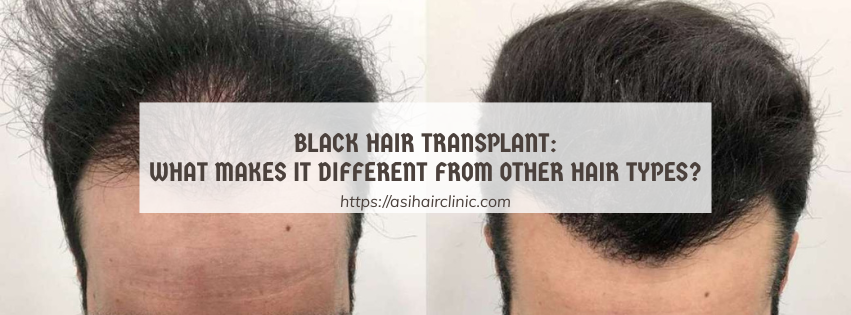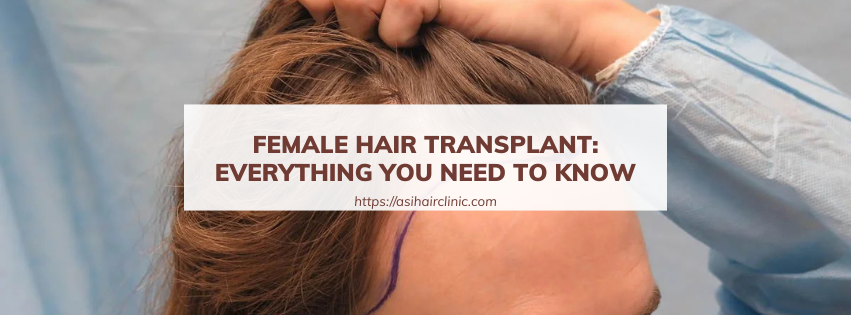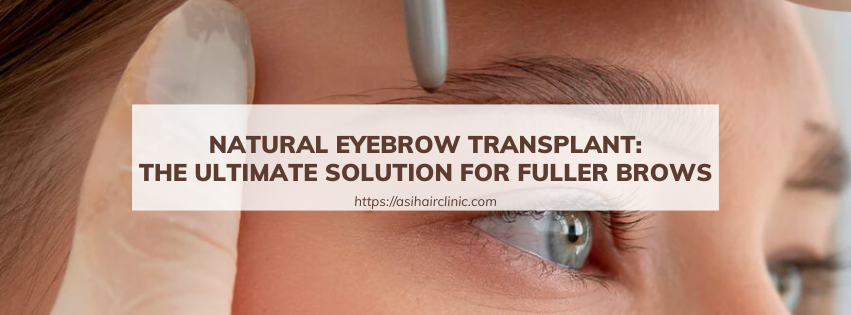Can You Have a Long Hair Transplant?
Long hair transplants allow patients to restore their hair without cutting or shaving it short, preserving their current hairstyle. This innovative approach involves techniques like Unshaven FUE and Long Hair Implantation, where hair follicles are extracted and implanted with minimal disruption to the existing hair. Ideal for those seeking a discreet solution, long hair transplants provide immediate visual results and a natural appearance. Patients can maintain their look throughout the procedure, making it a convenient and attractive option for hair restoration.
1. Types of long hair transplant
As well as standard FUT and FUE methods, there are other techniques that may be used for those with longer hair. These include:
Long hair transplant - In this procedure, the hair shafts are kept intact when the hair follicles are removed and transplanted.
Unshaven FUE (UFUE) - In the unshaven FUE hair transplant procedure, the recipient area is left mostly or completely unshaven when the grafts are implanted, helping to keep your hair transplant under wraps.
Let’s explore how each technique is different, and what to expect from each.
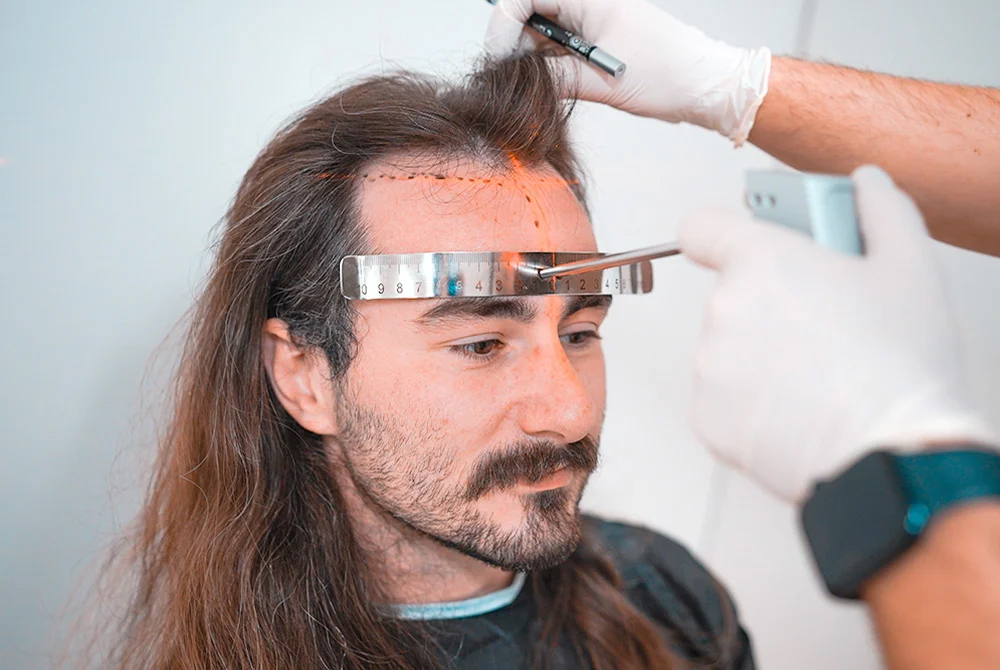
2. How Do Long Hair Transplants Work?
For patients with long hair, a traditional FUT or FUE is often a viable option to cover bald spots, lower receding hairlines and increase hair density if the hair has become so thin your scalp can be seen. In standard hair transplants, the donor hair can be extracted at its full length, but the recipient area is usually shaved so the hair follicles can be transplanted with ease.
3. Advantages of long hair transplants
So, what are the advantages of a long hair transplant over a traditional transplant?
3.1. Hidden transplant
Many people are put off from a hair transplant by the obvious visual signs of the procedure, such as a shaven scalp and hair transplant scabbing. The primary advantage of a long hair transplant is that these signs are minimised and can be often completely hidden.
Hair is either entirely unshaven or only shaven in small patches, which are easily obscured with styling. Patients often return to work and everyday activities within days.
3.2. Immediate results
If you choose an unshaven hair transplant, you may be able to return to everyday tasks within days without anyone knowing you have undergone a hair transplant procedure. Redness and scabbing can be obscured under your hair, and you can maintain your original hairstyle.
It usually takes around 6 months to a year to see the final results of standard FUE. With a long hair transplant, patients can get an immediate impression of their final hair growth results, equivalent to approximately 1-year post-transplant.
In one study of 10 long hair transplant patients, 8 patients stated that their immediate result was 80% accurate with their 6-month result [1]. Patients also appreciated the early clarity on the results of the procedure, allowing them to plan for further treatment if necessary.

3.3. Better hair follicle selection and placement
For areas where hair curl and weight are vital for seamless transplantation, such as for beards, sideburns, or eyebrows, long hair transplants help surgeons select the best hair follicles to match the area as effectively as possible.
Surgeons are also much less likely to implant hair follicles in the wrong direction, which results in odd hairs growing away from the main body of hair. This can also cause skin cysts and benign spots linked to inflammation.
3.4. Lower risk of overharvesting
Some reviews have suggested that there is a lower risk of overharvesting follicles from the donor area as the surgeon is better able to see the hair loss in this area.
However, this is only considered relevant in cases where patients have previously suffered severe overharvesting, or when the donor area is very small in cases of advanced hair loss. Standard qualified hair transplant surgeons are trained to work with a shaven donor area.
4. Long Hair and Hair Transplantation: Unique Challenges
Having long hair presents unique challenges during the hair transplantation process. Understanding these challenges can help individuals make informed decisions about their options.
4.1. Hair Length and Donor Area Preparation
One of the first hurdles encountered when considering a hair transplant with long hair is the preparation of the donor area.
- Visibility Issues: Long hair can obscure the view of the donor area, making it difficult for the surgeon to identify and extract healthy follicles accurately. In some cases, trimming or shaving a portion of the hair around the donor site may be necessary to facilitate the procedure.
- Balancing Aesthetics and Practicality: Patients may be hesitant to shave their heads or significantly shorten their hair due to aesthetic concerns. However, a skilled surgeon can often work with longer hair, employing techniques that minimize the need for extensive cutting.
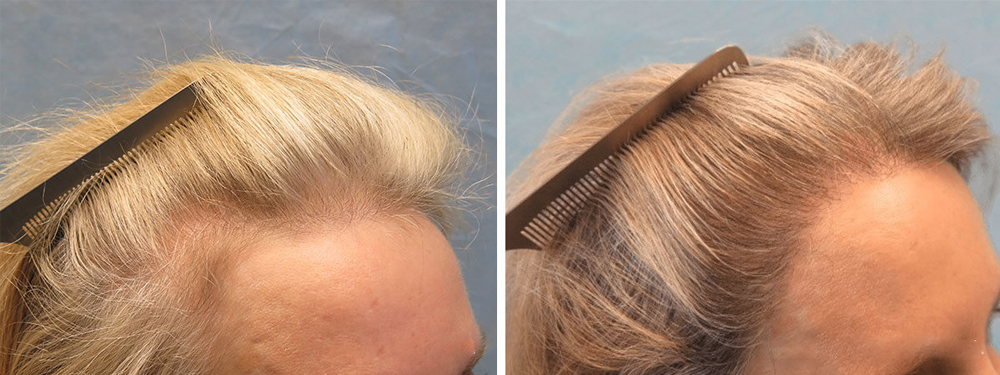
4.2. Extracting Follicles: A Delicate Process
Extracting hair follicles from long hair requires a careful approach to avoid damaging the surrounding hair shafts.
- Specialized Techniques: Surgeons often utilize advanced methods tailored for long hair, such as FUE, which allows for the extraction of individual follicles without disturbing adjacent hairs. This meticulous process ensures that the integrity of both the donor and recipient areas is maintained.
- Risk of Damage: Despite the precautions taken, there is still a risk of hair breakage or damage during extraction. Patients should discuss these risks with their surgeon to understand the likelihood and how they can be mitigated.
4.3. Recipient Area Preparation and Implantation
Preparing the recipient area for implantation is another critical step that requires special attention when dealing with long hair.
- Micro-Incision Technique: For long hair, surgeons typically employ a micro-incision technique, creating tiny slits in the scalp where the follicles will be placed. This method minimizes disruption to existing hair growth, allowing for a more natural appearance post-surgery.
- Space Considerations: When implanting follicles, it's essential to ensure that there is adequate space for the newly transplanted hair to grow without interfering with existing strands. Surgeons must carefully plan the placement of each graft to achieve optimal density and coverage.
4.4. Post-operative Care for Long Hair
The initial recovery phase following a hair transplant is crucial for the survival of the transplanted follicles. However, managing long hair during this period can present additional challenges.
- Hygiene Maintenance: Keeping the recipient area clean and dry is vital for preventing infection and promoting healing. Patients with long hair may find it challenging to wash their hair without disrupting the healing grafts. Special care should be taken during showers, and patients may need to adopt alternative washing techniques.
- Handling Long Hair: During the post-operative period, patients should be cautious when handling their long hair. Avoiding tight hairstyles and minimizing pulling or tugging on the hair can help protect the newly implanted follicles.
Conclusion
Hair transplantation can be an effective solution for restoring lost hair, even for individuals with long hair. While the procedure presents unique challenges, the benefits of immediate concealment and a more natural look are undeniable. By choosing a skilled surgeon and adhering to post-operative care instructions, individuals with long hair can successfully undergo hair transplantation and achieve a fuller, more confident appearance.
Ultimately, the decision to have a hair transplant with long hair is a personal one. It requires careful consideration of the benefits, risks, and potential challenges. With the right approach and a qualified surgeon, achieving a natural and lasting solution to hair loss is within reach, even for those who cherish their long locks. Remember, patience is key; allowing time for the implanted follicles to settle and produce new hair growth is essential for optimal results.
#hairtransplant #longhairtransplant
LATEST POSTS

